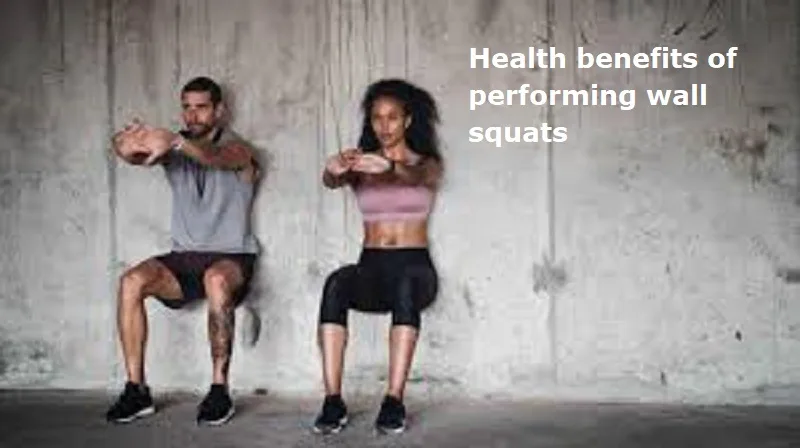
Wall squats, also known as wall sits, are a strength-building exercise. It involves leaning against a wall with your back flat while lowering into a squat position and holding it for a period of time. This isometric exercise primarily targets the quadriceps, glutes, hamstrings, and core muscles. This exercise improves endurance and stability. Wall squats help build lower body strength, improve posture, enhance balance, and even support joint health.
Health benefits of performing wall squats
1. Strengthens the lower body
Wall squats engage the quadriceps, hamstrings, and glutes, helping build muscle strength in the lower body. Strengthening these muscles improves mobility, stability, and endurance, making everyday movements like walking and climbing stairs easier.
2. Enhances core stability
Holding a wall squat requires engaging the core muscles to maintain balance and posture. This strengthens the abdominal and lower back muscles, improving spinal stability and reducing the risk of back pain.
3. Boosts endurance and stamina
Wall squats involve holding a position for an extended time, which enhances muscular endurance. This helps improve stamina for sports, physical activities, and daily tasks requiring lower-body strength.
Also Read; Know how body positivity increase sexual confidence
4. Improves posture and spinal alignment
Since wall squats require keeping the back flat against a wall, they encourage proper spinal alignment. Over time, this can improve posture, reduce slouching, and prevent back pain caused by poor sitting or standing habits.
5. Improves balance and coordination
The static nature of wall squats challenges balance and body awareness, helping improve coordination. Strengthening stabilising muscles enhances overall movement efficiency, reducing the risk of falls or injuries.
6. Aids in weight loss
Holding a wall squat engages multiple muscle groups, increasing calorie burn and boosting metabolism. This makes it an effective exercise for fat loss when combined with a balanced diet and other forms of exercise.
7. Supports joint health without high impact
Since wall squats are an isometric exercise, they put less strain on the joints compared to high-impact workouts like running or jumping. This makes them a great option for people with joint pain or arthritis looking to build strength safely.
How to perform wall squats:
Stand with your back against a flat wall and feet about hip-width apart.
Walk your feet about 1 to 2 feet away from the wall while keeping your back in contact with it.
Slowly slide down the wall until your thighs are parallel to the ground, forming a 90-degree angle at your knees. Keep your knees directly above your ankles.
Tighten your abdominal muscles and ensure your back stays flat against the wall.
Start by holding the squat for 20–30 seconds. Gradually increase the duration as you build strength.
Slowly push through your heels and slide back up to a standing position.
Perform 3–4 sets, increasing time or adding variations as you progress.

Post Your Comments